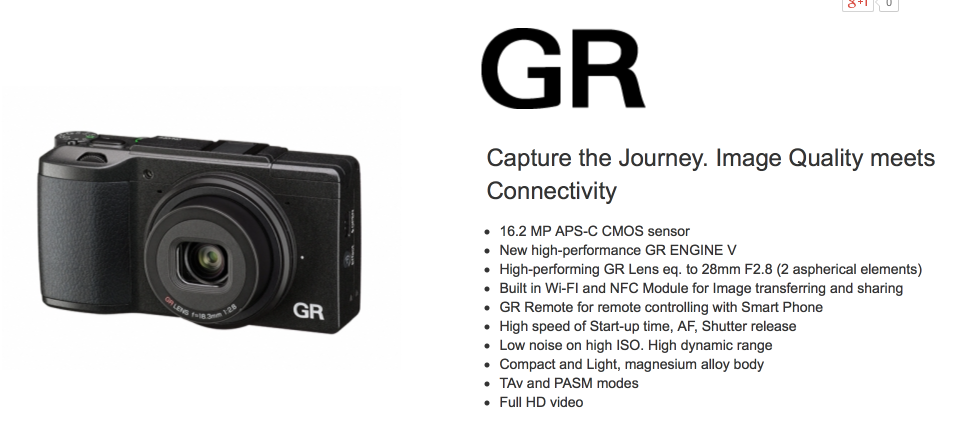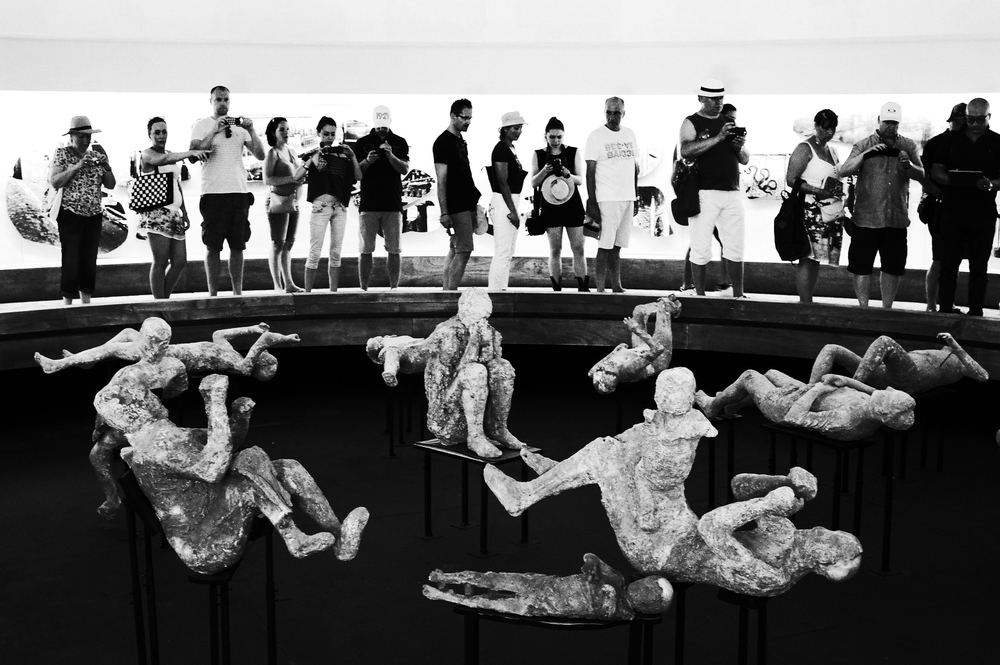
Let’s play a little mind-game. Let’s imagine ourselves as execs in the boardroom of Ricoh in Japan, pondering what to do about the GR. We have had a critically well-regarded success on our hands since 2013. We have a major upgrade coming, which we’ll probably announce at Photokina in 2016. That will bring a bigger sensor, weatherproofing, maybe even a viewfinder (a man can dream…). In the meantime we have a whole stillage full of unused bodies, sensors and lenses and sales are dropping off. We’ve reduced the MRP, but we need to get rid of all those bits that won’t fit the new camera and tide ourselves over in revenue terms for another year or so.
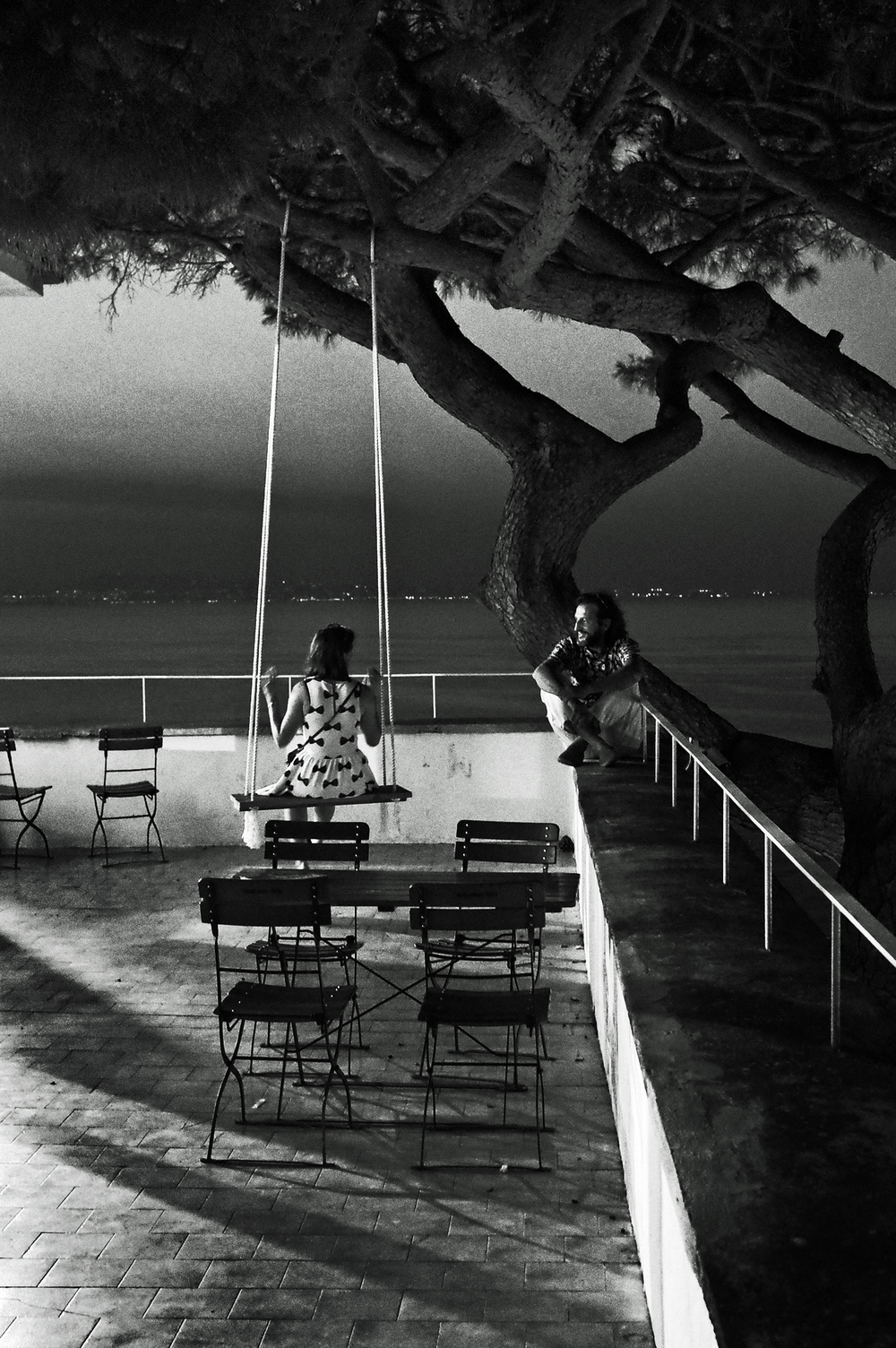
One chap puts his hand up. “Let’s tweak the GR—nothing new, nothing that really costs us money, but a mild rework to encourage a few to upgrade and bring us in some new customers to the brand. We’ll get the boffins to tweak the firmware and improve performance in a couple of areas and we’ll throw in some fashionable stuff like Wi-Fi and NFC”
Thus enter this Summer the GRII. My charitable view would be that the good people at Ricoh have gilded an already impressive lily; but others have been a little more harsh. The original GR—itself an evolution in an unbroken line from the film GR1—is that rare thing, a photographer’s camera that offers performance and flexibility in a remarkably small, even svelte package.
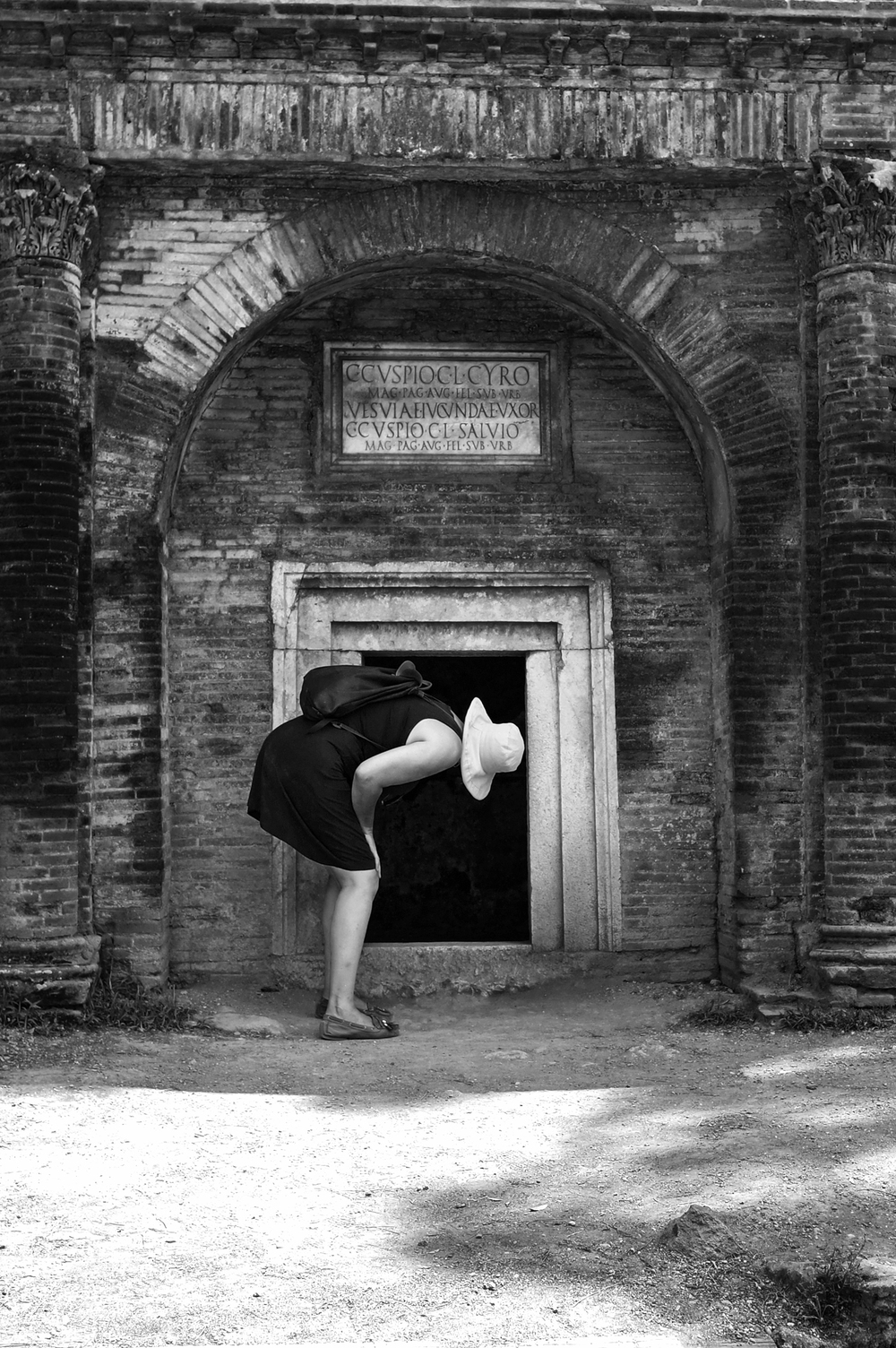
In the hand, it’s clear that the GR means business; with the exception of a couple of dodgy limited editions it is available in any colour you want as long as it is utilitarian black. The grip welds itself to your hand. The user interface is a model of clarity and function.
One of my key measures of any new camera is whether I need to open the manual. The GR passes this test with flying colours. The other test I apply is more subtle, and not every camera fares well. My ideal picture-taking solution “disappears” in the hand. By this I mean that it doesn’t get in the way of the picture I want to take, either by cramping my style or slowing me down. Some do this with élan—the Leica M2 is a prime example. Some delight and deliver in spite of the fact that they are unavoidable lumps of tech—the Fuji X-T1 springs to mind. The GR falls into the former camp; truly an extension of your hand and eye.
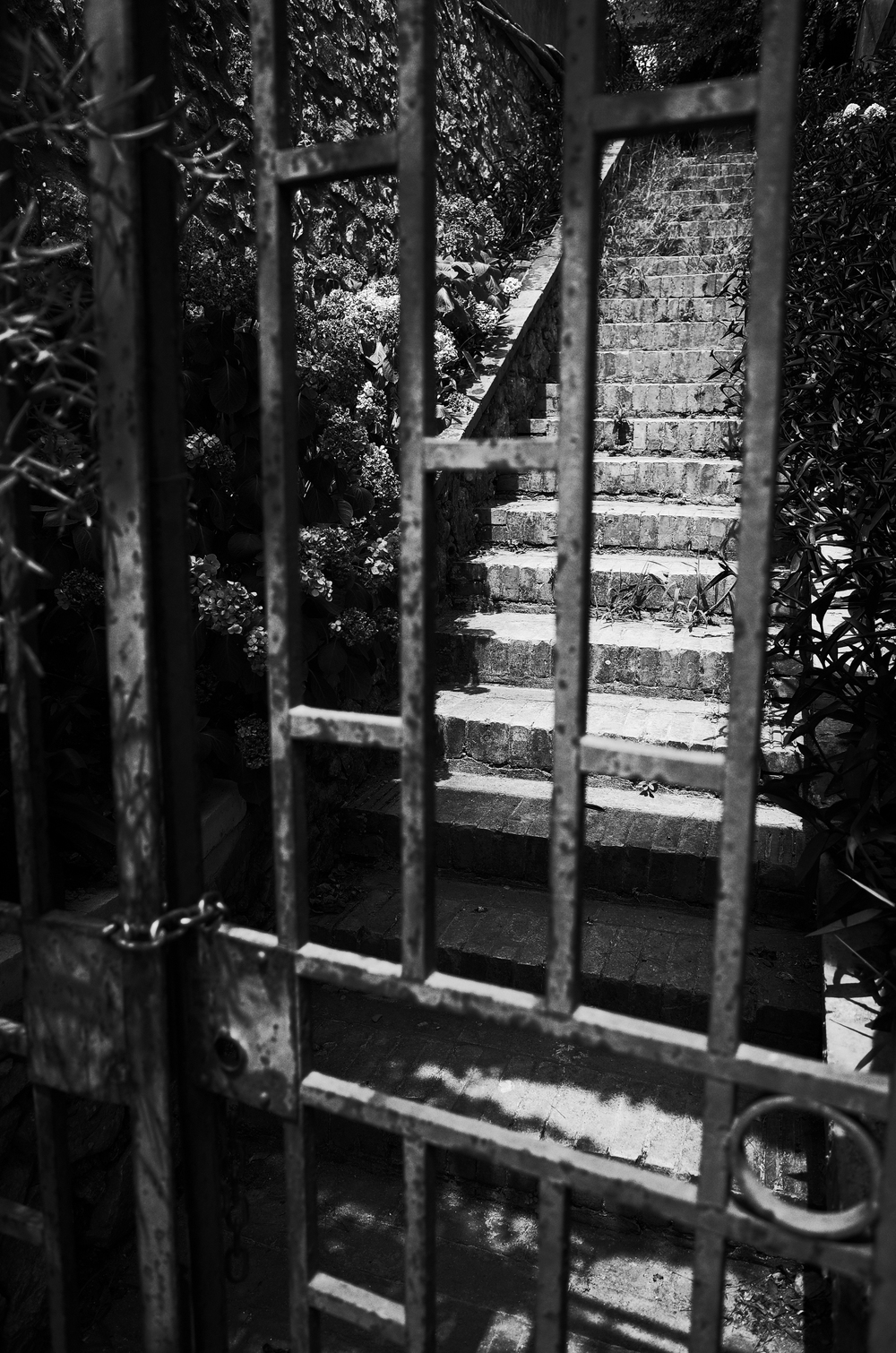
Now, regular readers will know that I have a penchant for cameras with viewfinders, and that I am not particularly fond of wider angle lenses. The GR has no viewfinder, and a fixed 28mm lens so in theory should not be one of my favourites. But.
The little Ricoh gets away with murder by virtue of the aforementioned ease of handling and the sheer clarity of the rear screen (3″, 1230k dots). The 28mm field of view is mitigated for me (mostly) by the crop modes introduced via a firmware upgrade about a year ago. Equivalents to 35mm and 47mm are available.
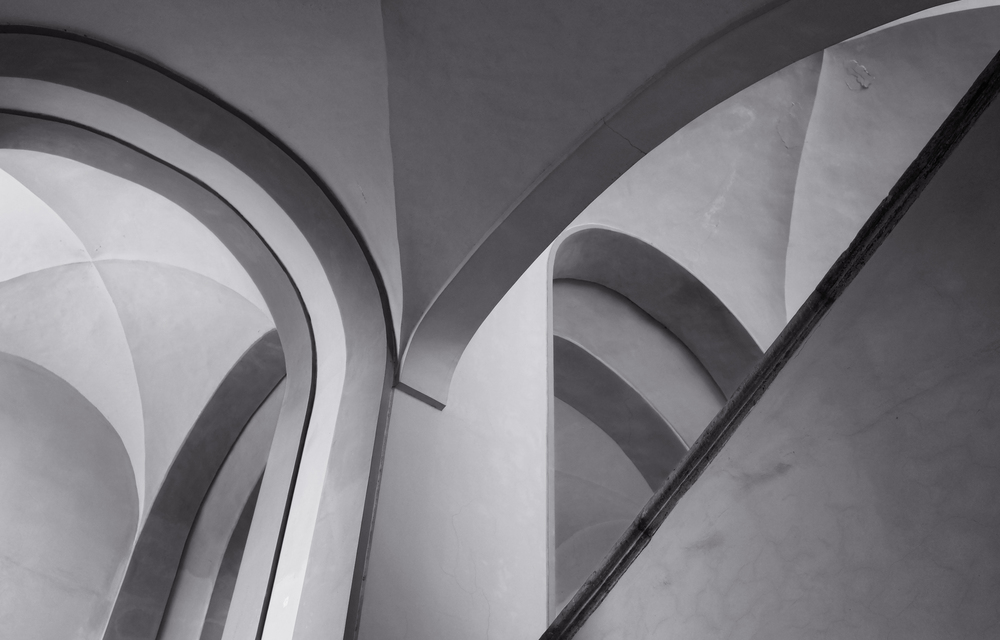
The penalty is that the file size at 47mm reduces to 5.7MP from 16, but that is still good enough for most purposes, particularly given the quality of that lens. As an approach it’s gaining favour since it is cheaper and simpler than sticking a zoom on the front. The new Leica Q takes the same path and I can see Ricoh sticking to their guns in the future. In real-world use it gives a “Tri-GR” with 28, 35 and 47mm FOV available at the push of a button. I have defaulted mine to 47 in all custom modes, and I am happy.
So, is this a review of the GR, or the GRII? Given that I don’t care a feather or a fig for Wi-Fi or NFC (which still sounds to me like a fast food outlet for Norwich Fried Chicken) you will be unsurprised to hear that I have not upgraded, nor will I until I see what Photokina 2016 brings.
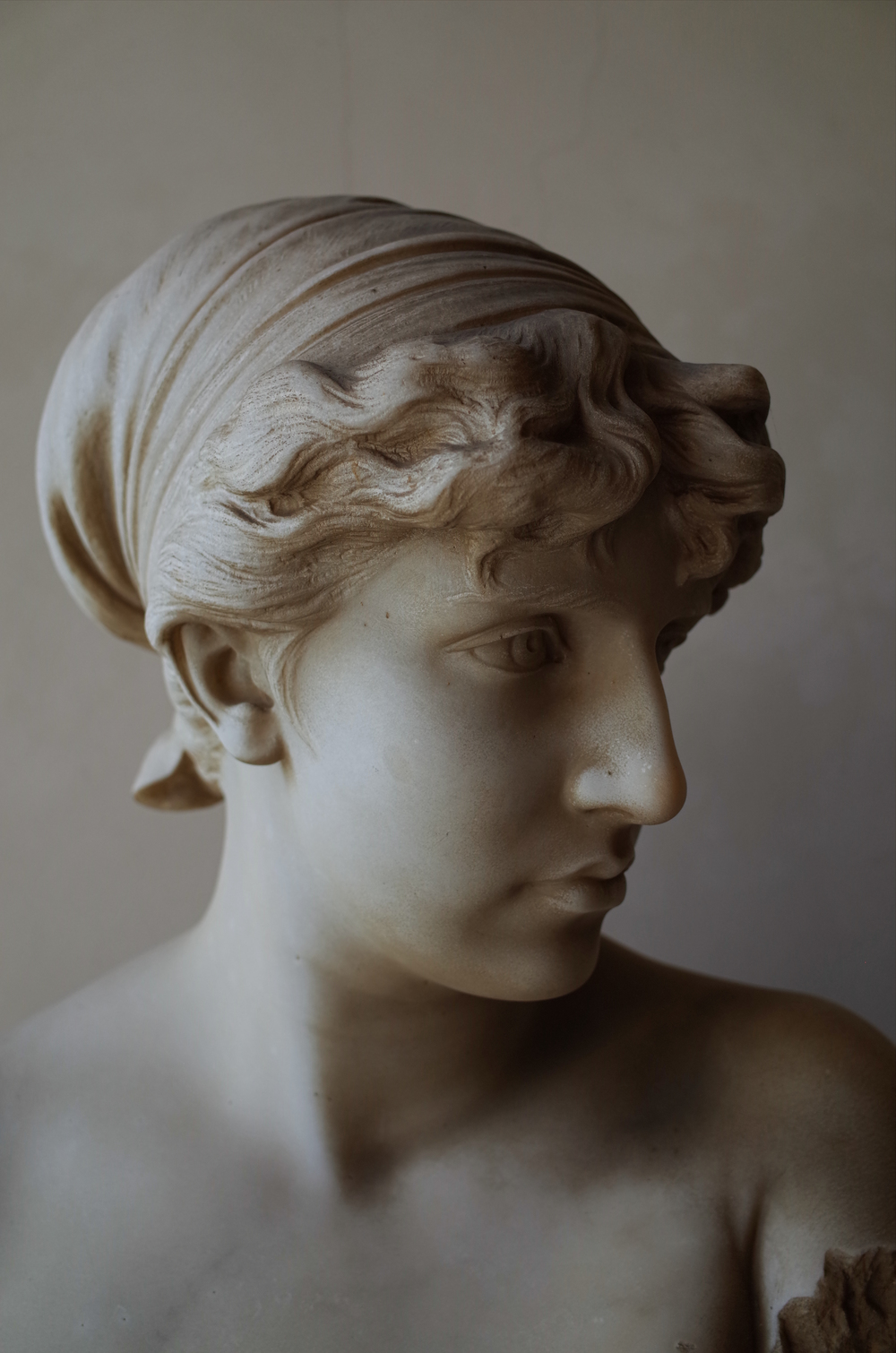
All that said, let’s look at the GR as a picture-taking machine. The fact that Ricoh has not changed the lens, body, handling, sensor or basic operation since 2013 means that most of my observations will also by default apply to the II.
I’m going to restrict myself to considering the GR as a go-anywhere camera. It certainly does that for me, since it lives 90% of the time in my briefcase or on my belt (In an old Leica 18509 leather pouch which is streets ahead in terms of form and function over the frankly odd Ricoh version).
When I travel, the Ricoh fulfils a dual role, as backup to my Fuji kit and as a standalone “28mm lens”, which saves me carrying (or getting out) the Fuji equivalent. A recent break in the Bay of Naples saw it being used for just that purpose—and more.
It was hot. I mean really hot. Fry-an-egg-on-your-forehead hot. Our hotel was on the outskirts of Sorrento, up a hill. And we didn’t have a car (only a lunatic would, in that part of the world). In ten days we walked 70 miles, in and around Sorrento, but also including a five-hour trip around Pompeii, and excursions to Positano, Capri and a couple of other places.
As a result, I found myself reaching on more than one occasion for the GR, not just as a backup/28mm solution but as my primary carry—particularly in the evening when photography was taking a second seat to a Campari or two and dinner—but also on some of the days. The energy-sapping combination of heat and self-propulsion played to the Ricoh’s strengths and gave it a chance to shine.
There are two other things that really appeal to me about the GR: First, the ability, shared with Fuji, to process raw files in-camera means that I, as a photographer first and a computer operator second, can spend my time and effort doing what I enjoy and capturing the images rather than sitting with a cup of coffee and a hob-nob tweaking and fiddling after the event.
Secondly the filmic quality (for want of a better word) of the monochrome output. In that regard, the little GR reminds me of nothing more than my old and much-loved Leica II when loaded with Tri-X. More than 80 years separate the two, but they are more kindred spirits in concept and execution than some of the current offerings from Leica.
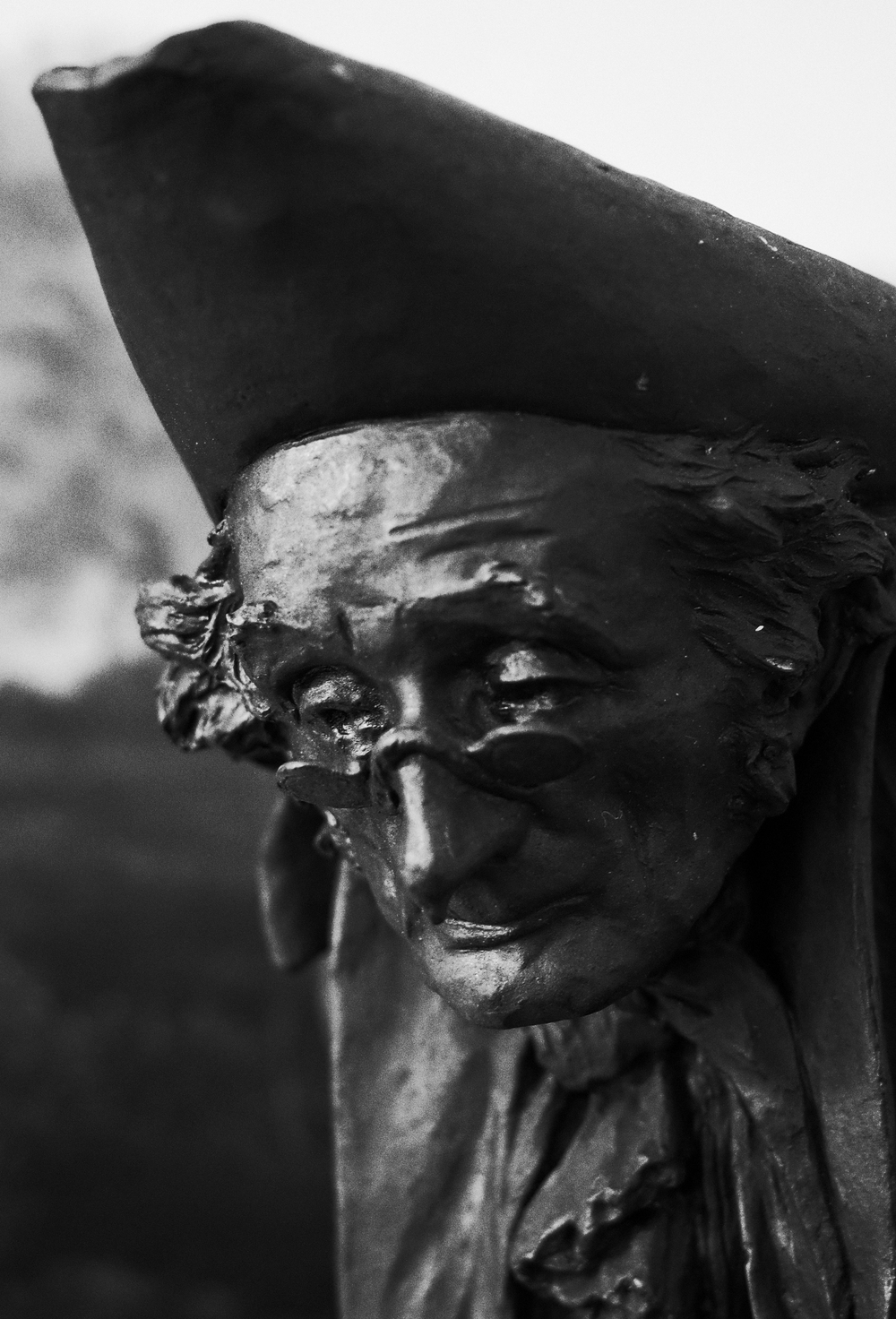
The images you see here are all either straight-out-of-camera jpgs or from in-camera processed raw files. Most are at the 47mm setting, and most are mono. I’ll leave you to decide whether they are “good enough”. Certainly if you get your jollies from pixel-peeping you may find them wanting, but they capture a mood and a moment that tells a story.
Bottom line: The GR—whether in original form or the mildly re-worked as in the GRII—is a formidable and flexible tool for photographers who want and need a compact with high-quality solution. It will continue to be my “constant carry” until the day that Ricoh comes out with its proper, and worthy, successor.
You can also find Bill Palmer at Rangefound and Lightmancer
Macfilos Leica Q test
Macfilos on the Ricoh GR

